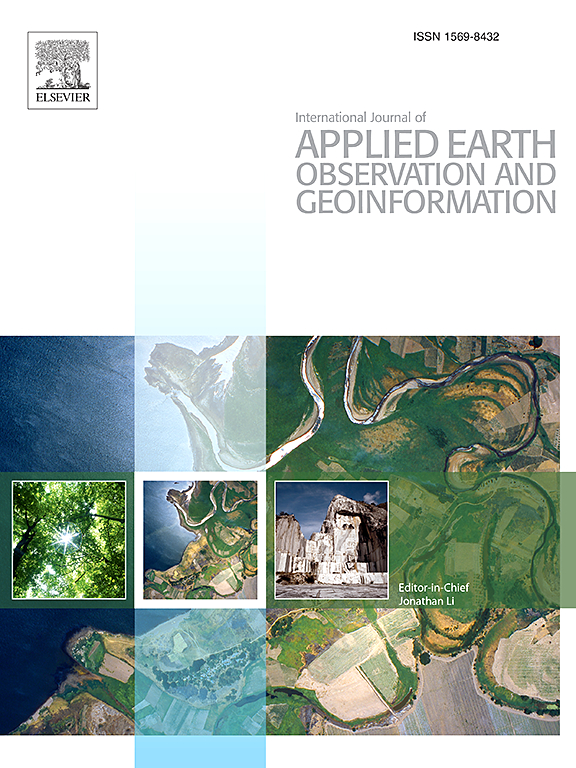Transformer-based InspecNet for improved UAV surveillance of electrical infrastructure
IF 7.6
Q1 REMOTE SENSING
International journal of applied earth observation and geoinformation : ITC journal
Pub Date : 2025-02-15
DOI:10.1016/j.jag.2025.104424
引用次数: 0
Abstract
Surveillance is crucial for maintaining critical infrastructure integrity and disaster risk reduction. Unmanned Aerial Vehicles have emerged as vital tools for aerial inspections, offering flexibility, efficiency, and cost-effectiveness. A significant challenge in UAV surveillance is the precise detection of damaged electrical components, particularly in complex environments where numerous objects are in close proximity that may cause hazards. Traditional methods often fall short under these demanding conditions, leading to notable monitoring deficiencies. To address these challenges, we introduce a novel detection method utilizing the Transformer architecture, named InspecNet. This approach leverages the architecture’s proficiency in understanding contextual information, which significantly enhances the accuracy of identifying key damaged components: damaged ceramic insulators, burned ceramic insulators, and loose U-bolts. These components are particularly challenging to detect due to their subtle and variable damage signatures. Through extensive data augmentation, we have created a new and diverse sample set to train our model and improve its detection capabilities. Our experimental evaluation, conducted with an extended set of UAV image data, demonstrates a detection accuracy increase of 20 % over conventional methods, achieving a precision of 95.7 %, recall of 93.1 %, and a mean average precision (mAP) of 92.9 %. These results underscore InspecNet potential to deliver accurate and reliable infrastructure monitoring, setting a new standard in automated UAV surveillance technology to reduce hazards.
求助全文
约1分钟内获得全文
求助全文
来源期刊

International journal of applied earth observation and geoinformation : ITC journal
Global and Planetary Change, Management, Monitoring, Policy and Law, Earth-Surface Processes, Computers in Earth Sciences
CiteScore
12.00
自引率
0.00%
发文量
0
审稿时长
77 days
期刊介绍:
The International Journal of Applied Earth Observation and Geoinformation publishes original papers that utilize earth observation data for natural resource and environmental inventory and management. These data primarily originate from remote sensing platforms, including satellites and aircraft, supplemented by surface and subsurface measurements. Addressing natural resources such as forests, agricultural land, soils, and water, as well as environmental concerns like biodiversity, land degradation, and hazards, the journal explores conceptual and data-driven approaches. It covers geoinformation themes like capturing, databasing, visualization, interpretation, data quality, and spatial uncertainty.
 求助内容:
求助内容: 应助结果提醒方式:
应助结果提醒方式:


